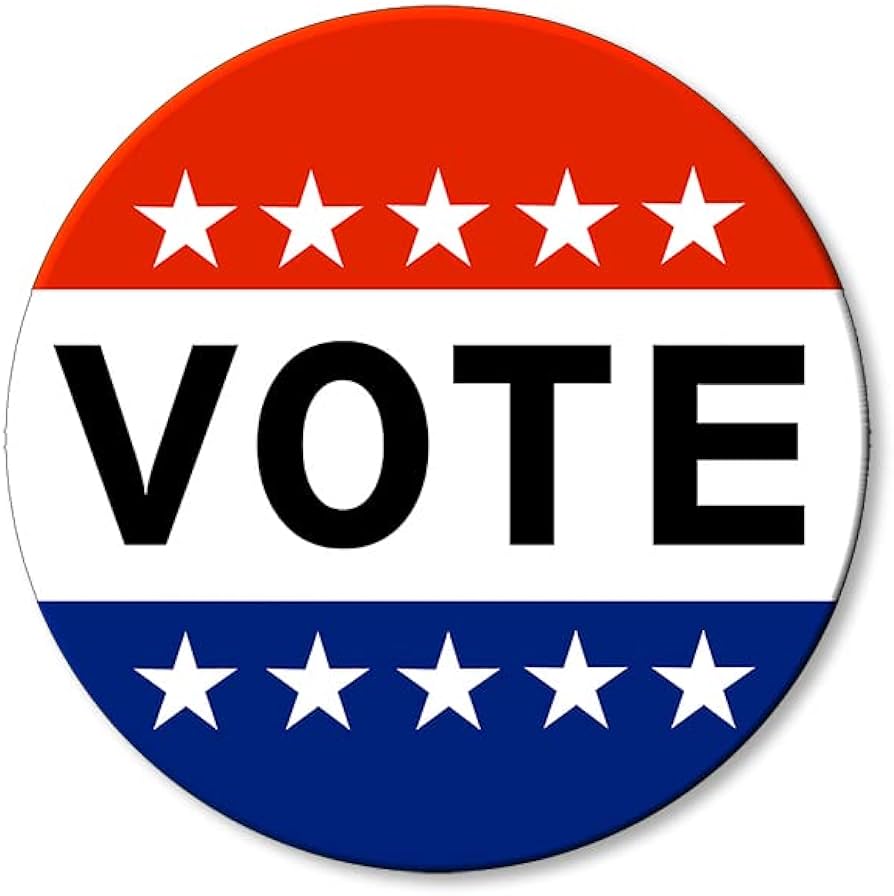Classically, Congress held the power of the purse, able to both bar and require spending. This imposed a significant limit on Presidential power. With a bought court supporting him, Trump would have significant ability to essentially chart power as a king.


…